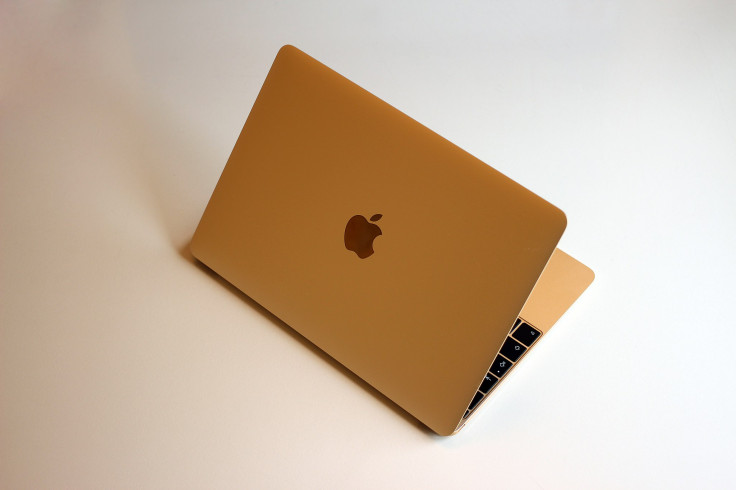Apple's latest patent hints at possible arrival of 5G MacBook
The new Apple patent focuses on cellular connectivity stability on high-speed trains for Apple devices.

Apple's latest patent hints at the impending arrival of a 5G MacBook, while giving us an idea of what the future of the MacBook could look like. It is worth noting that Apple fans have been waiting with bated breath to get their hands on a MacBook with built-in cellular data capabilities.
Notably, MacBooks have evolved significantly over the years. Apple launched its first-ever MacBook back in 2006 to replace the iBook. Since then, the company has been making major changes like launching the lighter MacBook Air, the more robust MacBook Pro, and switching to Apple Silicon.
Despite some challenges related to constantly evolving technology, Apple did not stop innovating. As a result, Apple Mac sales remained strong even when there was a decline in the PC market. Now, a recently surfaced patent has hinted at a potential MacBook that supports 5G connectivity.
According to a 9To5Mac report, the purported 5G MacBook will allow users to get stable mobile data connections even when it is used on high-speed trains. In the US, trains are used more for freights rather than for passengers, and the passenger services travel at modest speeds.
Apple proposes a sophisticated method to combat the Doppler effect
However, passenger trains in countries like Spain, Germany, France, Italy, Korea, China, and Japan can travel at speeds of over 180 mph. In fact, these passenger trains compete with airlines in terms of transporting people between remote cities.
On the downside, these types of speeds are subject to Doppler Shift. Nasa describes Doppler Shift as "an effect that is associated with any wave phenomena (such as sound waves or light)." In other words, the cellular transmission wavelengths become longer when you move rapidly away from a base station.
Likewise, cellular transmissions are shortened when you are traveling quickly toward a base station. There are no prizes for guessing that this impacts the quality and reliability of a mobile data connection. Although there are simple workarounds for this, the Cupertino-based tech giant recommends a more sophisticated one, which involves measuring the Doppler effect by the Apple device.
The result will be transmitted to the base station, which will then use this measurement to recompense the effect.
The patent hints at upcoming laptops
According to the folks at Patently Apple, the list of devices slated to adopt this technology includes laptops. However, we shouldn't get too excited about this since Apple usually prepares for every possibility when it patents something. Nevertheless, a MacBook 5G has never been easier to make.
This is the best time to launch a 5G MacBook
To recap, Apple managed to make a prototype of a cellular MacBook back in 2007. However, it required a huge external antenna, as well as a slot for a very large physical SIM card. Now, tech has come a long way, and hiding Antennas within the casing of a device is possible.
Aside from this, eSIMs occupy very little space. So, Apple could easily offer 5G capability in all MacBooks, or offer the capability as an option as it does for the iPads. Moreover, the 5G model costs as little as $130 more than a non-5G model.
On top of that, a previously spotted patent suggests Face ID could be coming to MacBooks. If these patents are anything to go by, Apple's new MacBook could boast an impressive array of functions and features including 5G capability. However, Steve Jobs was against offering cellular MacBooks.
According to the legendary co-founder of Apple, cellular MacBooks would add complexity to the lineup. However, the American tech giant has come way beyond Jobs' "laptop and desktop, consumer and professional" sentiments. So, it will be interesting to see whether Apple will finally offer a 5G MacBook option as the new patent suggests.
© Copyright IBTimes 2025. All rights reserved.






















